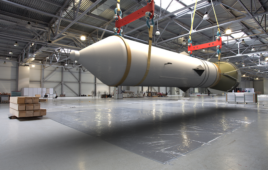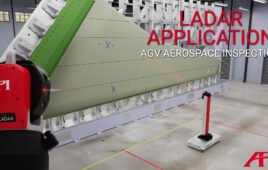A pen-sized harpoon fired from a satellite at 44.7 mph (20 m/s) successfully captured a target in space, demonstrating its potential in space junk removal. The aluminum target was situated on a 1.5-m carbon-fiber boom, which was attached to the mission’s main spacecraft.
Harpoon Lead Engineer at Airbus Defence and Space Chris Burgess says, “Successful in space demonstration of the harpoon technology is a significant step toward solving the growing issue of space debris.”
The space harpoon test falls under the RemoveDEBRIS project, which is a small satellite mission aiming to test four Active Debris Removal (ADR) experiments.
According to the University of Surrey, the U.S. Space Surveillance Network is tracking more than 40,000 objects, with an estimated 7,600 metric tons of space junk currently in orbit around Earth. And they aren’t just moseying about, some are traveling at speeds of 30,000 mph.
“Space debris can have serious consequences for our communications systems if it smashes into satellites. This inspiring project shows that U.K. experts are coming up with answers for this potential problem using a harpoon, a tool people have used throughout history,” says Chris Skidmore, MP, minister of state for universities, science, research, and innovation.
The recent debris removal trial marks the third successful experiment for the RemoveDEBRIS project. Previously, the team tested a net to capture a piece of simulated debris, as well as a navigation system to identify space junk using lidar and cameras.
The fourth (and final) experiment is slated to set “sail” in March, where the RemoveDEBRIS satellite will inflate a sail that will drag it into Earth’s atmosphere, where it will ultimately be destroyed, according to the University of Surrey.
Filed Under: Aerospace + defense




